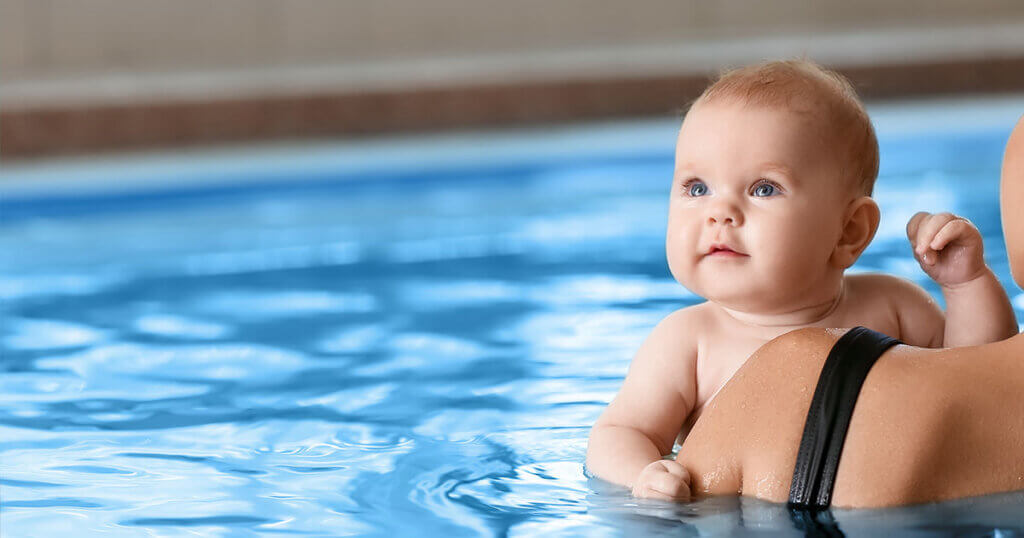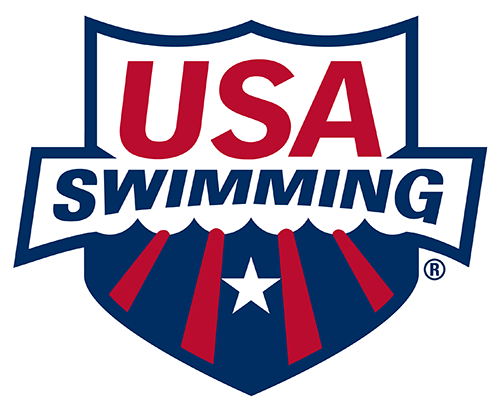Swim lessons save lives. Our parents have shared stories of seeing their child use a skill they learned in class to help themselves when they got in an uncertain situation in the water. We are thrilled to help parents in their effort to make their child safer around water!
No matter how old your children are, you have the power to affect their development and even their success in life. By selecting activities for them that contribute to their emotional and physical development, you are helping them to achieve their dreams and assisting them with becoming self-confident and optimistic adults.
#1 SWIM LESSONS REDUCE THE RISK OF DROWNING
A case-controlled study conducted by Ruth Brenner and her colleagues discovered that participation in formal swimming lessons can reduce the risk of drowning by 88% among children aged one to four years. The authors concluded that swimming lessons “should be considered for inclusion as part of a complete prevention program.” In a case-controlled study in rural China, Dr. L. Yang and his associates reported a 40% reduction in drowning risk in open bodies of water for children participating in formal swimming lessons.”[1]
In a case-controlled study in rural China, Dr. L. Yang and associates reported a 40% reduction in drowning risk in open bodies of water for children participating in in formal swimming lessons. [2]
#2 BABY SWIM LESSONS DEEPENS THE PARENT-INFANT BOND
The resistance of the water stimulates tactile receptors and establishes a deeper emotional bond. Scientific studies by Dr. Tiffany Field have shown that touch therapy promotes wellness of the newborn, improves growth and development and enhances bonding between the parent and infant. [3]
The skin is the largest organ in the body. It is the boundary of self and contributes greatly to a sense of awareness.
Touch from the parent provides the child with emotional nourishment, a feeling of attachment, commitment and connection.
#3 SWIMMING STRENGTHENS YOUR CHILD’S SOCIAL CONFIDENCE
In a longitudinal study, Dr. Liselott Diem and her colleagues reported that children who had taken part in baby swimming lessons from the age of 2 months to 4 years were better adapted to new situations and had more self-confidence and independence than non-swimmers. [4]
Swim class has abundant opportunities to share space with other children and to explore movement together. [3] The child cooperates within a social structure to learn by observing and mimicking.
Feeling special, loved and wanted builds self-esteem through a sense of belonging. “Being part of a group also contributes to the child’s social development.'[5]
#4 IMPROVES MOTOR DEVELOPMENT
Studies conducted at Norwegian University of Science and Technology with Dr. Hermundur Sigmundsson and his colleagues found baby swimmers developed better balance, movement and grasping techniques than non-swimmers. This difference persisted even when the children were five years old; the baby swimmers still outperformed their peers in these skills. [6]
Zelazo and Weiss reported that baby swimmers made “considerable gains in movement required for turning 180 degrees and reaching for a wall (underwater) for the 16 to 20 month old children.” The researchers concluded buoyancy most likely boosted the infant’s motor development. [7)
At SWIMkids USA, we love to help you with your child’s development and safety. We work every day to provide an environment where children love to learn, experience the joy of swimming, and where their success is inevitable!
Happy May!
Lana Whitehead / President and Founder of SWIMkids USA
RESOURCES
- Brenner R.A. Gitanjali S.T., Haynie D.L., Trumble A.C., Qian C., Klinger R.M., Klebanoff M.A., Association between Swimming Lessons and Drowning in Childhood: A case control study. Archives of Pediatrics and Adolescent Medicine 2009; 163(3):203-210
- Yang L. Nong ll, Li CL, Feng OM, Lo SK “Risk factors for childhood drowning in rural regions of a developing country: a case-control study.” Injury Prevention 2, 13(3): 178-182.
- Field T., Scafidi F., Scanaberg S., “Message of Preterm Newborns to Improve Growth and Development.” Pediatric Nursing.; 13: 385-387.
- Diem, Undeutsch, Lehr, Olbrich, “Early Motor Stimulation and Personal Development: a study of four to six year old German Children.” Extract by Editor. Swimming World 21 (12):14, 1980
- Connell G., Todd A., Reference Manuel for Early Childhood in Water. Auckland, New Zealand: Swimming New Zealand; 2007.
- 15. Sigmundsson H., Hopkins B. “Baby Swimming Exploring the Effects of Early Intervention on Subsequent Motor Abilities.” Child: Care, Health and Development, Science Daily 210, 36 (3): 428 DOL:10.1111/j.1365-2214.2009.00990.x. May 7, 2010.
- Field T., Scafidi F., Scanaberg S., “Message of Preterm Newborns to Improve Growth and Development.” Pediatric Nursing. 13: 385-387.










